Micro Satellite “KOYOH”(#1)
ABOUT “KOYOH”
The first Kanazawa University satellite, “KOYOH: The X-ray Transient Monitoring and Rapid Alert Satellite” (hereafter “KOYOH”), is a 50-kg-class micro-satellite. KOYOH’s scientific observation objectives include the identification of gravitational wave objects and research on black hole formation mechanisms through satellite observations of X-rays and gamma rays. “KOYOH” has been selected as one of the demonstration themes of the Japan Aerospace Exploration Agency (JAXA)’s Innovative Satellite Technology Demonstration Program No. 3, “Development of a micro-satellite system for space science and engineering, and X-ray observation of gravitational wave sources,” It was successfully launched in December 2023 as part of the project.
The Advanced Research Center for Space Science and Technology, comprising the Satellite Development Division, the Astronomy and Astrophysics Division, and the Solar-Terrestrial Science Division, brought together faculty and students who applied their science and engineering expertise to complete KOYOH’s development.
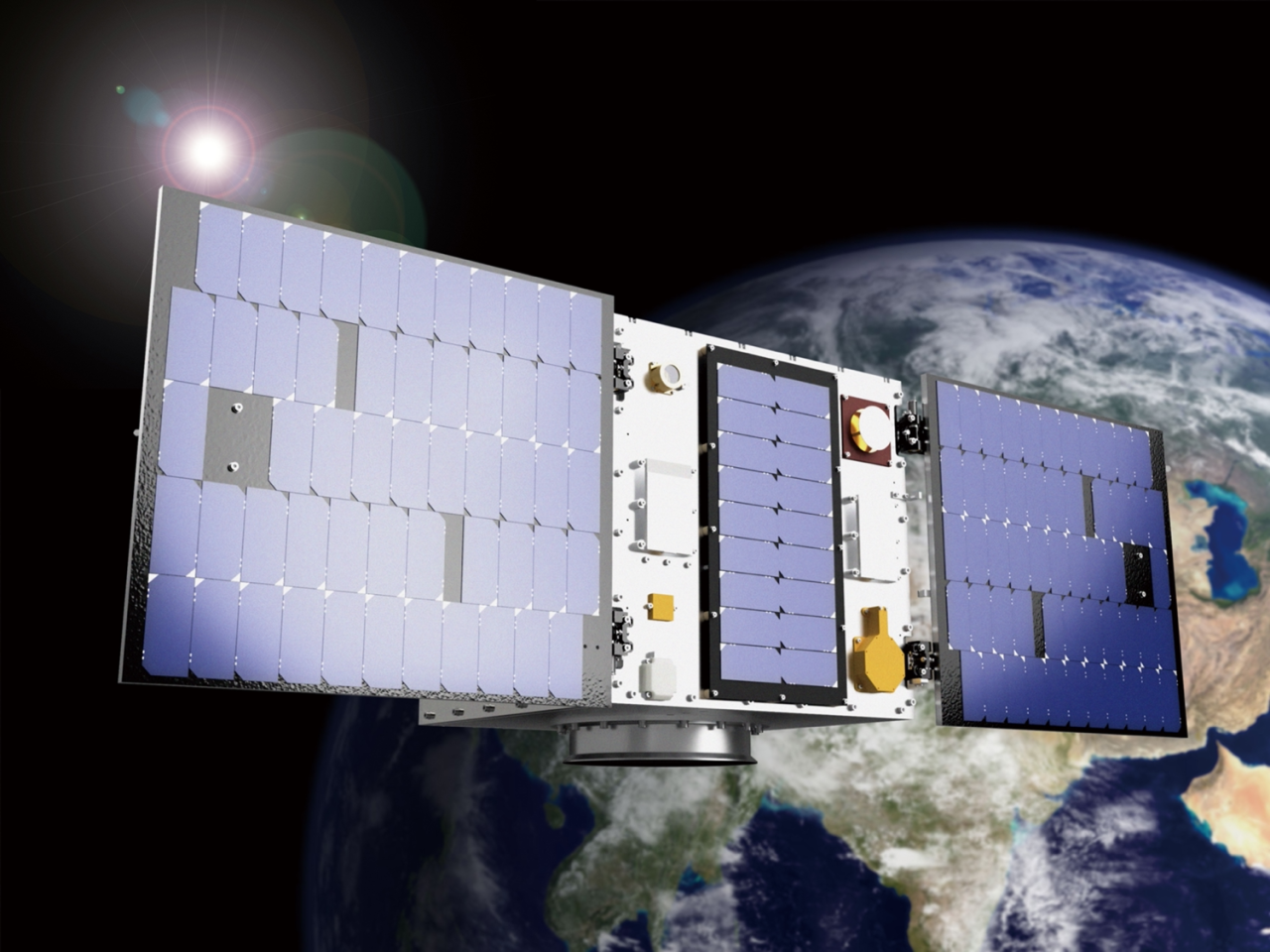
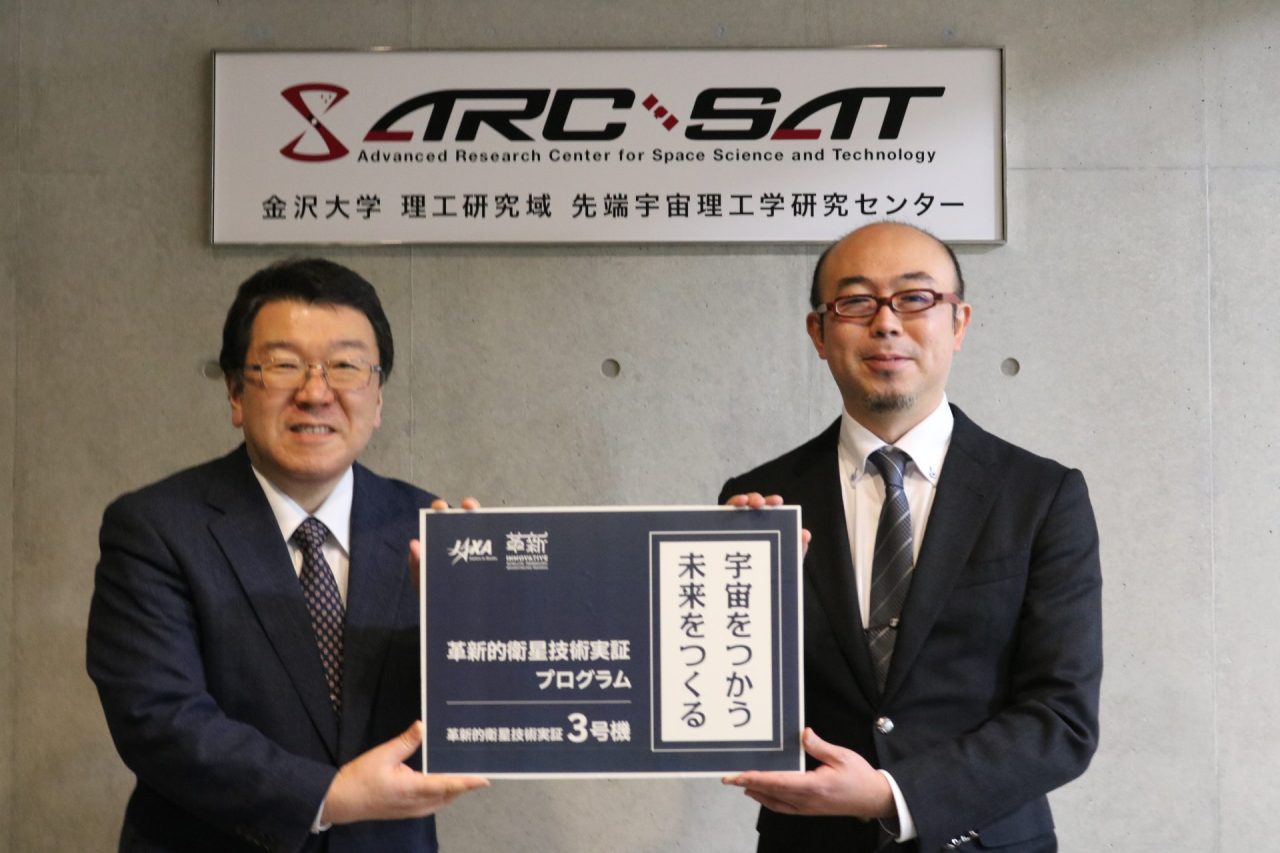
In 2015, gravitational waves were detected for the first time in history. Then, in 2017, electromagnetic radiation synchronized with gravitational waves was discovered across a wide range of wavelengths, from radio waves to X-rays and gamma rays. This was a revolutionary event for astronomy and gave birth to a new field of study: gravitational wave astronomy. Gravitational waves are generated when a very massive star, such as a black hole, undergoes acceleration. The greatest acceleration of a black hole occurs at its birth, and the observation of gravitational waves means that the black hole was born at that moment. KOYOH is equipped with two mission instruments: the Transient Localization Experiment (T-LEX), a wide-field X-ray imaging detector, and the Kanazawa-SAT3 Gamma-ray Detector (KGD), a wide-field gamma-ray detector. By imaging and observing the gravitational wave-emitting transient object with X-rays, the time and direction of its birth can be identified, and this information can be reported to observers on the ground. Our goal is to study the mechanism of black hole formation, etc., and produce the world’s most advanced scientific results through our and the world’s observers’ follow-up observations of objects corresponding to electromagnetic waves emitted from gravitational wave sources. We plan to establish the basic technology for future all-sky monitoring of X-ray ejecta by multiple nano-satellites, and to demonstrate the technology of an X-ray imaging detector that can be installed in a large satellite project.
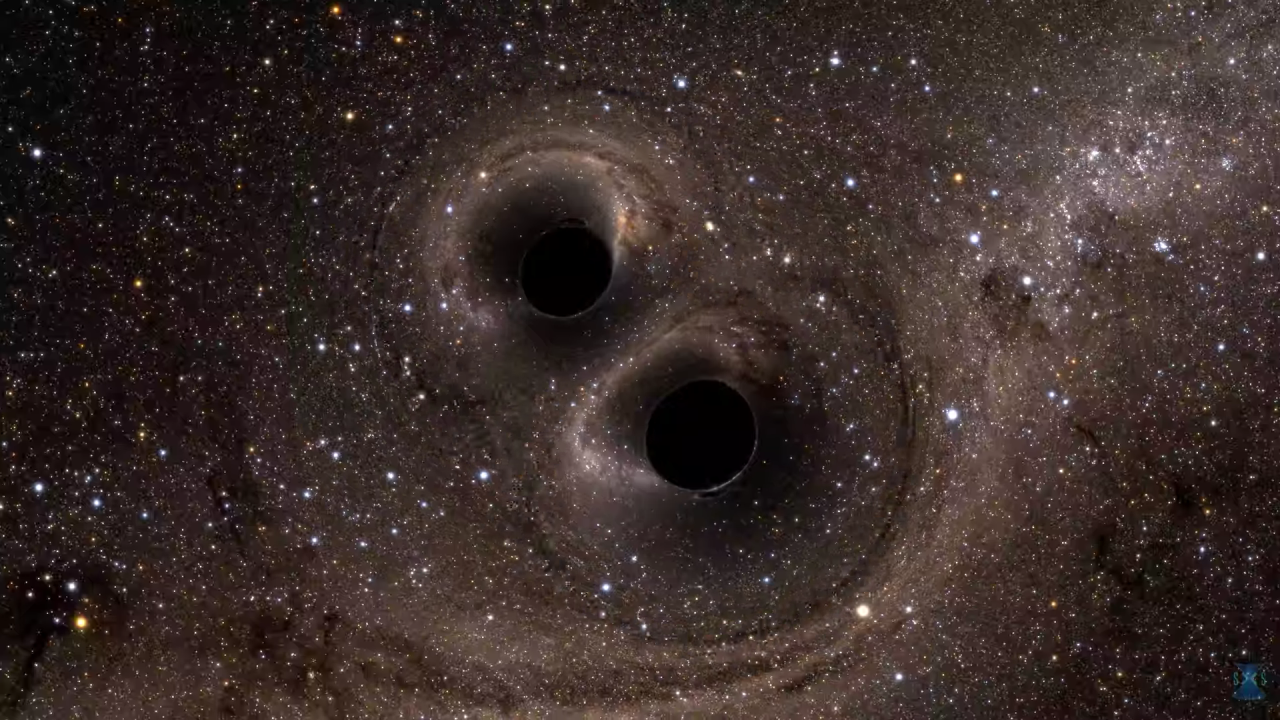
Credit: SXS, the Simulating eXtreme Spacetimes (SXS) project (http://www.black-holes.org)
The mission objective of “KOYOH” is not merely to conduct cutting-edge astrophysics research. It is to practice space science and engineering education through actual satellite development. Satellites are composed of various devices and components. Each component is assigned one or two students, and under the guidance of a faculty member, the students take the lead in developing the equipment, unit operation tests, and software development. Currently, 10 to 15 students participate in satellite development each year, including graduate students in the Aerospace Science and Engineering course and fourth-year students in related laboratories. There are only a few research institutes in Japan that have such an integrated science and engineering development system. We also hold weekly meetings for all faculty and students to report on the status of satellite development. We have a development system that allows us to closely share information not only on the component for which we are responsible, but also on the progress of other components and interfaces. In addition, almost all students participate in the assembly of the entire satellite and environmental tests (vibration test, thermal vacuum test, etc.) so that they can experience the entire satellite development process. In addition, we have built a ground system for satellite operations at the ground station (earth station) in parallel. The ground station for “KOYOH” will use the S-band parabolic antenna and UHF band Yagi antenna installed at Kanazawa University. Here, too, faculty and students are collaborating to develop an antenna control system for tracking the satellite, a command generation system, a system for storing, distributing, and displaying received data, and a satellite operation support system.
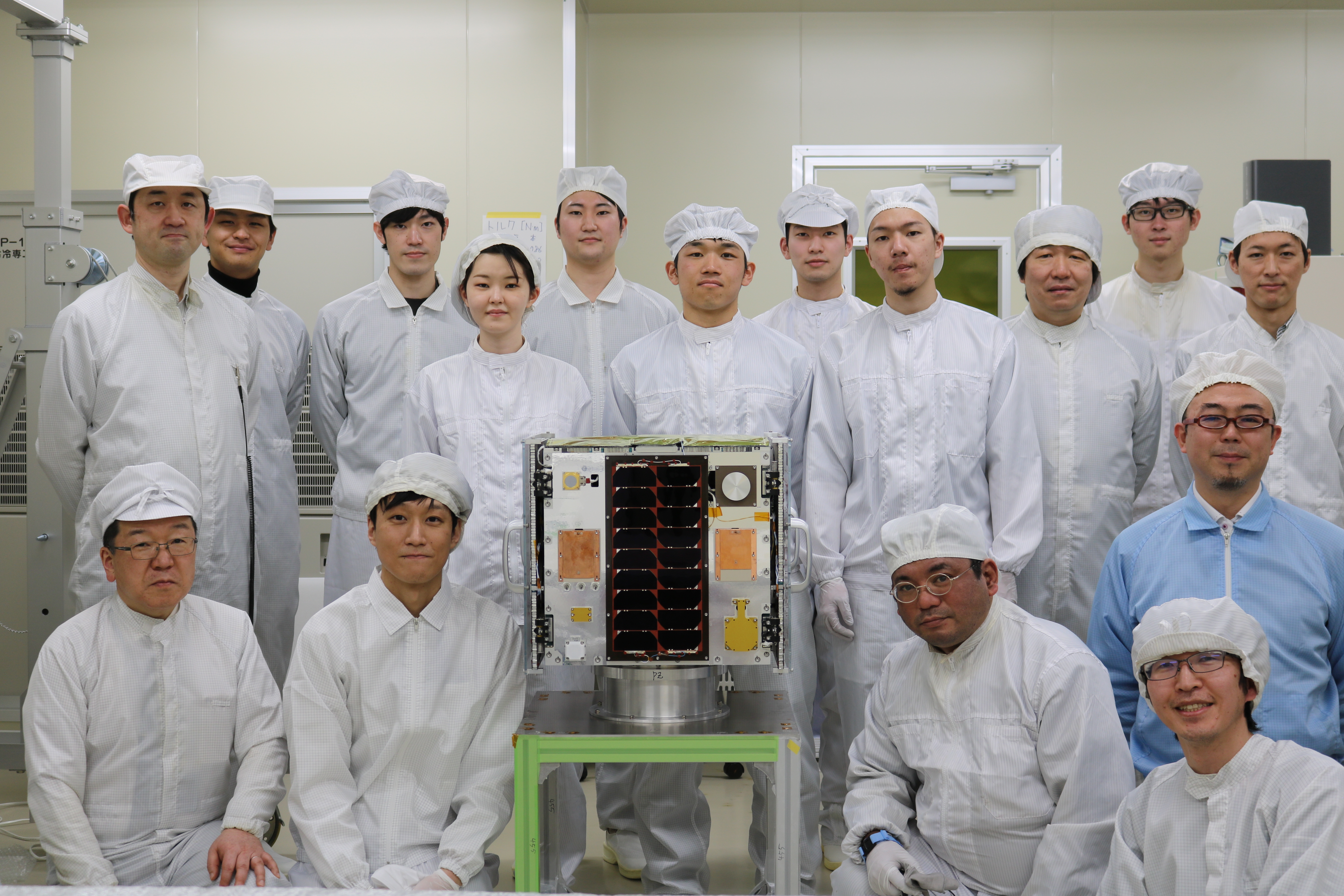
Development of mission equipment for “KOYOH”
The main purpose of the “KOYOH” satellite is to observe various low-energy X-ray emission sources by observing short gamma-ray bursts synchronized with gravitational waves. The satellite is equipped with two mission instruments: the Transient Localization Experiment (T-LEX), a wide-field X-ray imaging detector, and the Kanazawa-SAT3 Gamma-ray Detector (KGD), a wide-field gamma-ray detector. Both instruments have completed flight model development and ground calibration tests.
Transient Localization Experiment (T-LEX)
The Transient Localization Experiment (T-LEX) consists of a random 1D encoding mask and a 1D silicon stripe detector in two orthogonally arranged units. By calculating the cross-correlation function between the pattern of the encoding mask and the X-ray intensity distribution of the detectors (through pattern matching), the X-ray image in the field of view is reconstructed, and the location of X-ray ejecta is identified as the intersection of each 1D image. The field of view that can maximally utilize the encoding mask is about 1 steradian, and with half the effective area, the field of view that can be observed is about 1.5 steradians.
We have completed fabrication of the flight model and conducted tests to verify key parameters such as energy resolution and directional accuracy, both critical for effective X-ray observation. Additionally, we used the Geant4 radiation simulator to examine the angular dependence of the effective area, including the encoding mask, and finalized data analysis software that incorporates detector response and effective area.
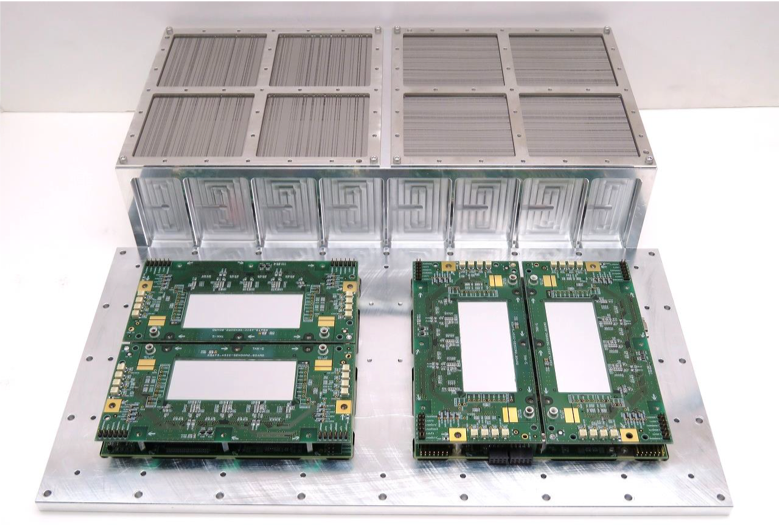
Kanazawa-SAT3 Gamma-ray Detector
The Kanazawa-SAT3 Gamma ray Detector (KGD) is a detector that combines a 100 mm × 100 mm × 5 mm CsI(Tl) scintillator and a semiconductor optical sensor with high signal amplification (Multipixel Photon Counter, MPPC), and is a non-imaging gamma-ray detector that observes the energy band of about 20 to 500 kiloelectron volts. The aforementioned T-LEX has the ability to determine the position of celestial objects, but is only sensitive to energies below about 10 kiloelectron volts. On the other hand, gamma-ray bursts are known to emit X-rays and gamma-rays over a very wide energy band. Therefore, KGD can cover a wide energy band that cannot be observed by T-LEX.
We have completed the flight model of the KGD and performed various calibrations of the instrument for on-orbit satellite observations. For example, we have developed the response function of the detector by matching the results of actual measurements of the energy response with numerical calculations using the Geant4 simulator.
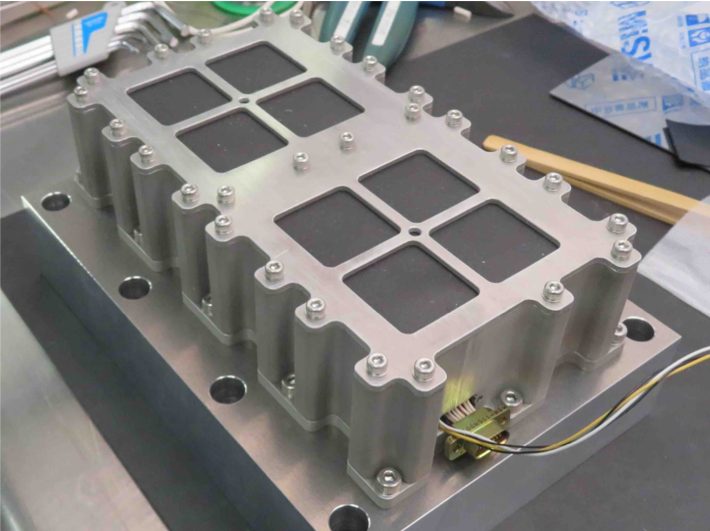
Development of “KOYOH” system equipment
“KOYOH” is a cube with satellite dimensions of approximately 50 cm on each side and weighs about 50 kg. The conceptual design began in 2014, marking the start of its development. KOYOH went through multiple development phases, leading to the completion of the flight model and extensive testing of onboard equipment for functionality, performance, and operational reliability. In 2021, all onboard equipment was installed, and final adjustments were made to prepare the satellite for launch. In 2022, KOYOH underwent a long-duration operational test to confirm its sustained functionality, as well as a thermal vacuum test to simulate the space environment. These tests helped identify and resolve several equipment issues, allowing us to complete KOYOH’s development for launch.
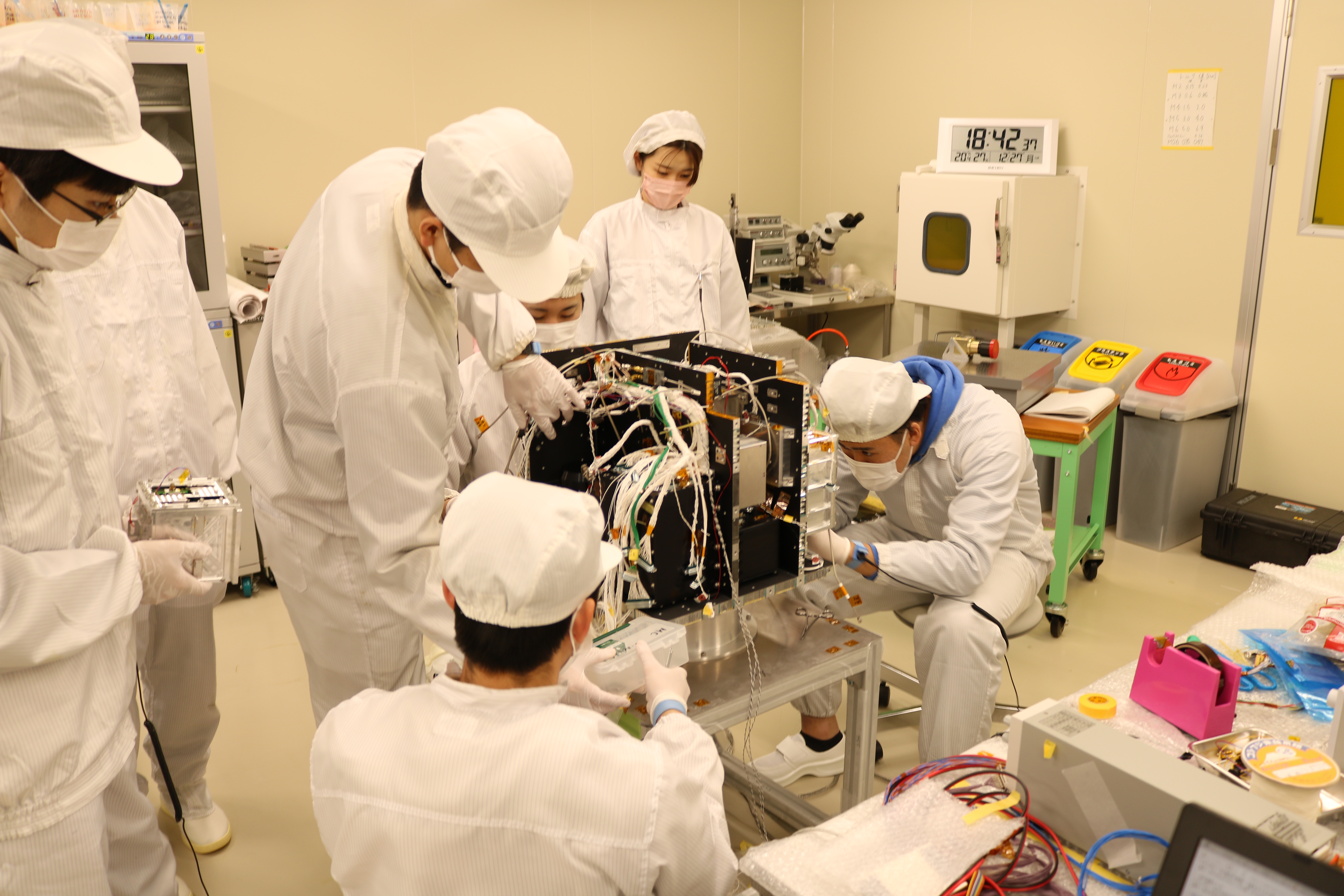
In addition to satellite hardware development, software development was carried out in parallel. Faculty members of the Center presented the basic policy and specifications for software development, which guided the students in collecting necessary information, studying specific logic, and implementing the software. The Center’s faculty members, who have been involved in various satellite and balloon experiments in the past, shared the techniques and know-how they cultivated through these experiences with the students.
The progress of software development was managed using project management software, allowing for a comprehensive understanding of the current status, from a bird’s-eye view to individual details. This system proved very useful for identifying problems without overlooking them and for setting appropriate tasks. It was utilized not only for software development but also for hardware development and the planning and implementation of various tests.
In this way, the development of the flight model in preparation for the launch has progressed and is now complete. When considering the period from launch to the start of operations, the most critical factors become securing the power supply, ensuring attitude control, and establishing communication. It goes without saying that the power supply is essential for satellite operation, and if the safety of the power supply system is not ensured during the rocket’s loading, permission for the rocket to be loaded will not be granted. After orbit insertion, the power supply will be provided by solar cells, which necessitate maintaining an attitude that keeps the solar cells facing the sun at all times. Particularly immediately after separation from the rocket, it is crucial to automatically secure the appropriate attitude before the batteries run out. Thus, attitude control is a vital factor for the satellite’s survival.
Regarding communication, if it is not properly established, the satellite’s status cannot even be determined. Furthermore, in addition to the satellite itself, maintaining ground stations is essential for communication. The development and maintenance of these systems were carried out collaboratively by faculty and students.
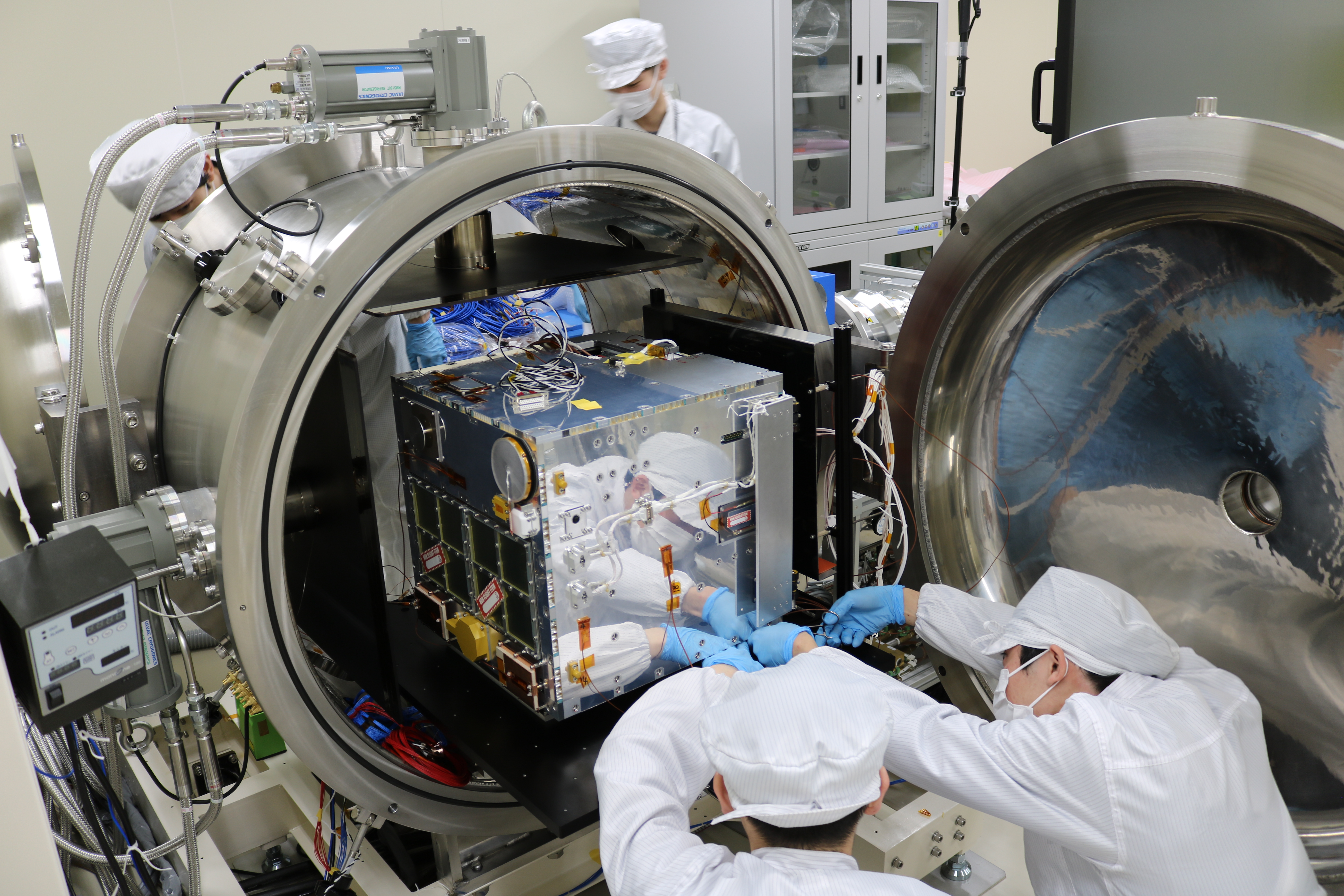
“Satellite development” is not a simple process, as it involves a series of glitches. In the course of development, students will experience many troubles and defects. Sometimes they encounter completely unexpected problems, and in such cases, they must not only physically consider the cause of the problem, but also think through concrete measures to solve the problem. This is a unique experience where students can learn “manufacturing techniques and procedures” through this development process, and graduates are active not only in the space field but also in various other fields of industry.

